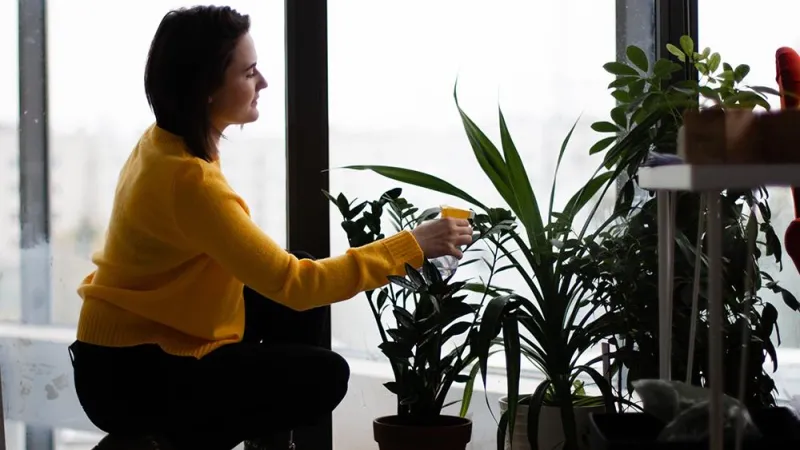
Use our list of > HOUSEPLANTS
These plants have taken up residence in many households, bringing beauty and cleaner air with them.
How to grow and care for houseplants
Houseplant facts
Wide variety: Available in a huge range of sizes, forms, colors and textures.
Exotic: Many originate in tropical or sub-tropical forests growing well under the canopy of taller trees – relatively low light conditions similar to our indoor environments.
Air filters: A study in the late 1980s by the National Aeronautics and Space Administration (NASA) together with the Associated Landscape Contractors of America (ALCA) found certain houseplants removed up to 87% of indoor air pollutants within 24 hours. Of the plants evaluated, researchers came up with a list of easy-to-grow houseplants proven to reduce the most prevalent organic contaminants – formaldehyde, benzene and trichloroethylene. Just as trees are vital to the health of our outdoor environment by purifying the air and producing valuable oxygen for us to breathe, indoor plants perform the same beneficial functions on a smaller scale.
Growing houseplants
Growing houseplants successfully starts with choosing the right plant for the location (adequate light, temperature and humidity), planting in healthy soil in an appropriate container, then keeping it in shape with watering, feeding, grooming and pest management.
Easily-grown houseplants often share these characteristics:
• Do well in low light
• Tolerate dry conditions (water and air)
• Require little maintenance – re-potting, primping, or pruning
• Fairly resistant to pests and disease
Top 10 easy-care houseplants
 Aspidistra |
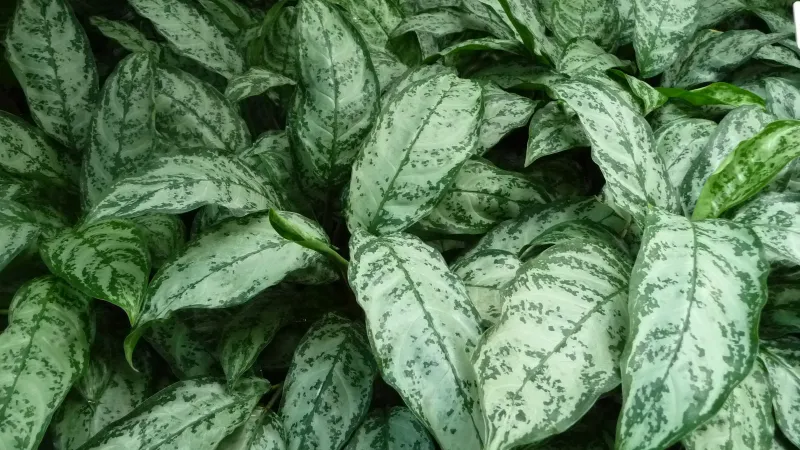 Aglaonema maranthfolium |
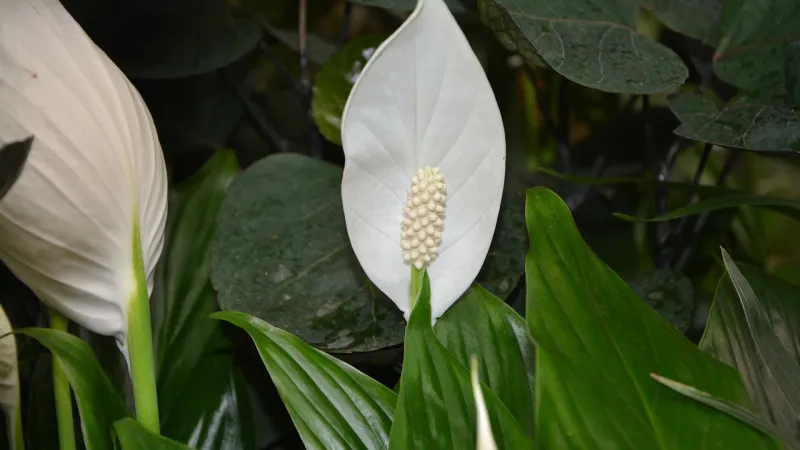 Spathiphyllum |
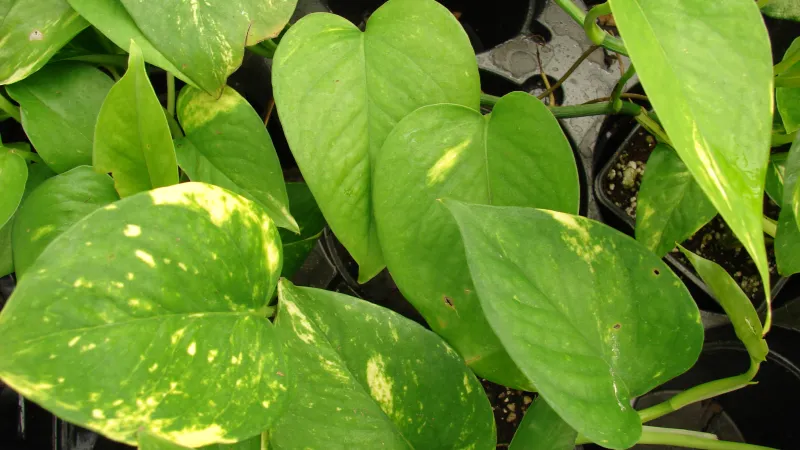 Epipremnum aureum |
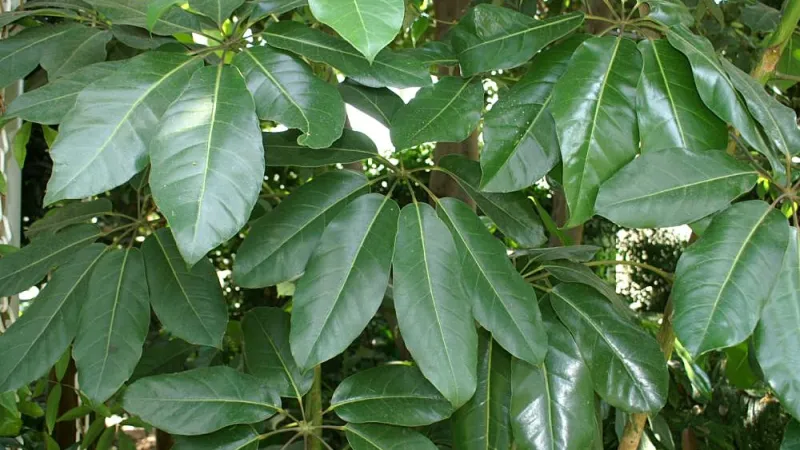 Schefflera actinophylla |
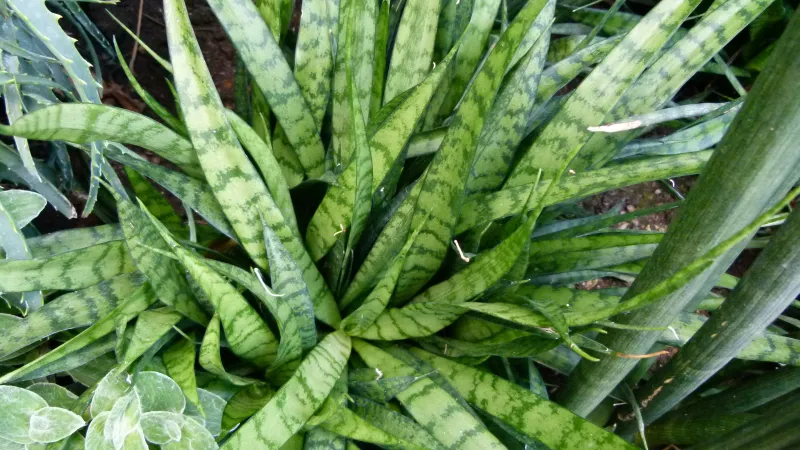 Sanseveria |
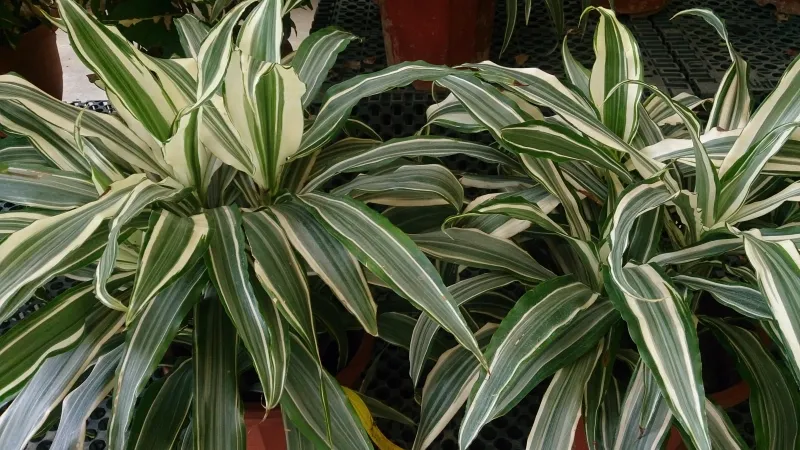 Dracaena fragrans 'Warneckei' |
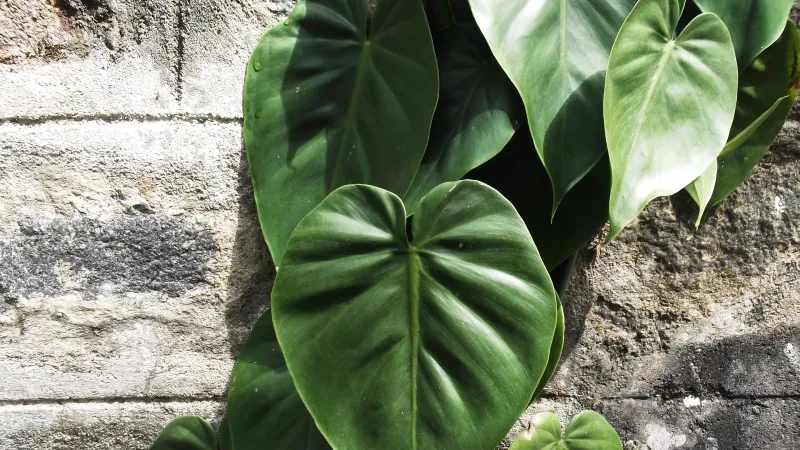 Philodendron scandens |
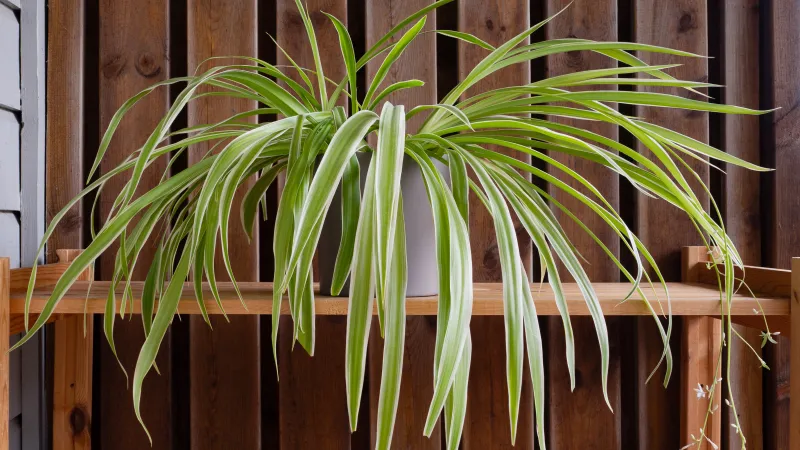 Chlorophytum comosum |
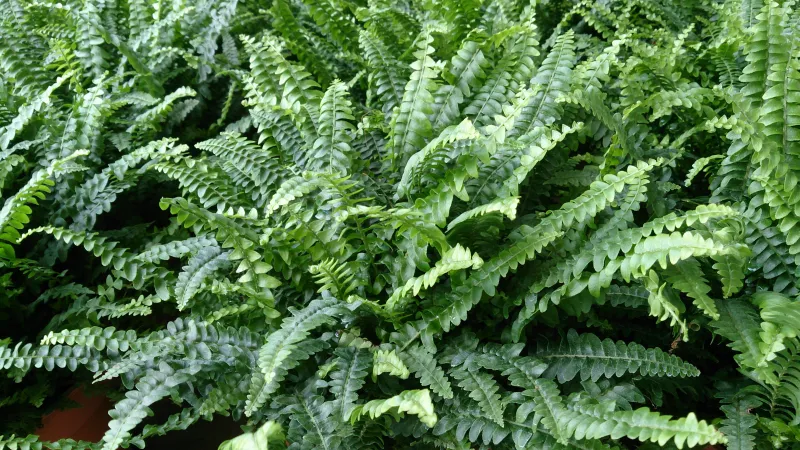 Nephrolepis_exaltata |
*Varieties included in the NASA study and proven to reduce organic chemical pollutants.

